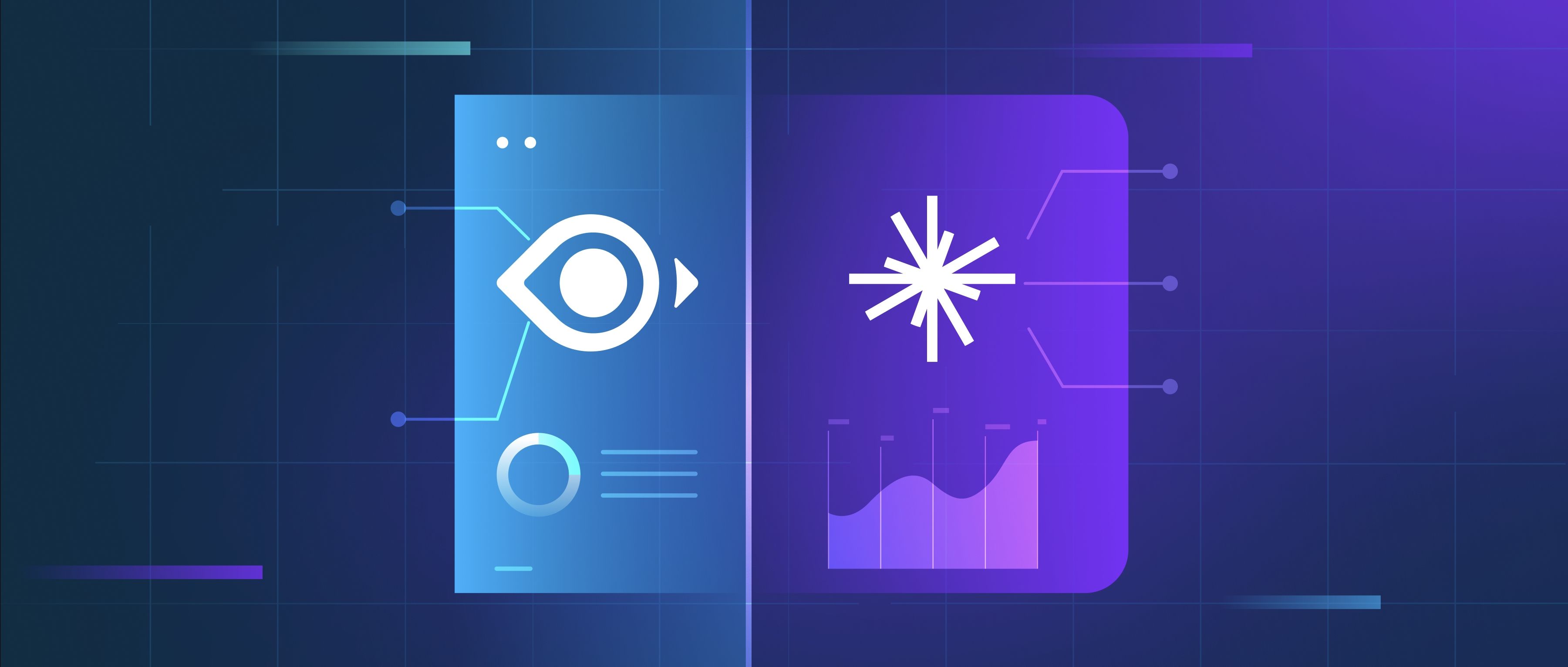A high-quality answer in a Retrieval-Augmented Generation (RAG) system extends beyond factual accuracy to include clarity, efficiency, and alignment with user intent. These factors ensure the response is not only correct but also usable and actionable for developers. Let’s break this down into three key areas: readability, conciseness/directness, and user satisfaction.
Readability ensures the answer is structured and easy to follow. For technical audiences, this means using clear headings, bullet points, or numbered steps for multi-part solutions. For example, explaining a debugging process by separating error causes, diagnostic steps, and fixes improves comprehension. Avoiding overly complex sentences or jargon (unless domain-specific terms are necessary) also matters. If a user asks, “How do I optimize an API response time?” a readable answer might categorize solutions (e.g., caching, database indexing, payload reduction) with brief explanations. Poor readability forces developers to parse irrelevant details or unstructured text, wasting time and increasing frustration.
Conciseness and directness eliminate fluff while retaining completeness. A concise answer addresses the query without unnecessary tangents. For instance, if a developer asks, “What’s the difference between let and const in JavaScript?”, a direct response would define both keywords, contrast their scoping and mutability rules, and provide code snippets—without diving into broader topics like variable hoisting unless explicitly asked. Overly verbose answers risk burying key details. However, conciseness shouldn’t sacrifice nuance; omitting critical caveats (e.g., browser compatibility for const) reduces utility. Striking this balance ensures the answer is both efficient and trustworthy.
User satisfaction hinges on understanding the context and intent behind a query. For example, a question like “Why is my Python script throwing a SyntaxError?” might require the RAG system to infer common causes (e.g., missing colons, mismatched parentheses) and prioritize troubleshooting steps. Including actionable steps (e.g., “Check line 5 for unclosed brackets”) or linking to relevant documentation demonstrates awareness of the developer’s immediate needs. Satisfaction also involves formatting: code snippets in markdown, tables for comparisons, or bold keywords for emphasis improve usability. Ignoring these aspects can lead to technically correct but impractical answers, diminishing trust in the system.
In summary, high-quality RAG answers combine structured readability, focused brevity, and empathy for the developer’s workflow. These elements transform raw information into solutions that save time, reduce cognitive load, and align with real-world use cases.
